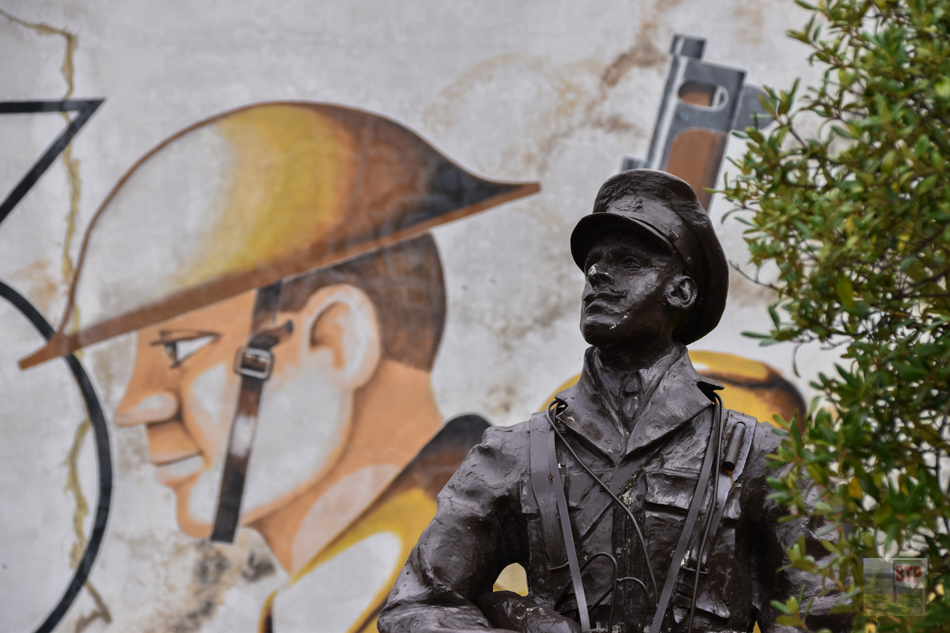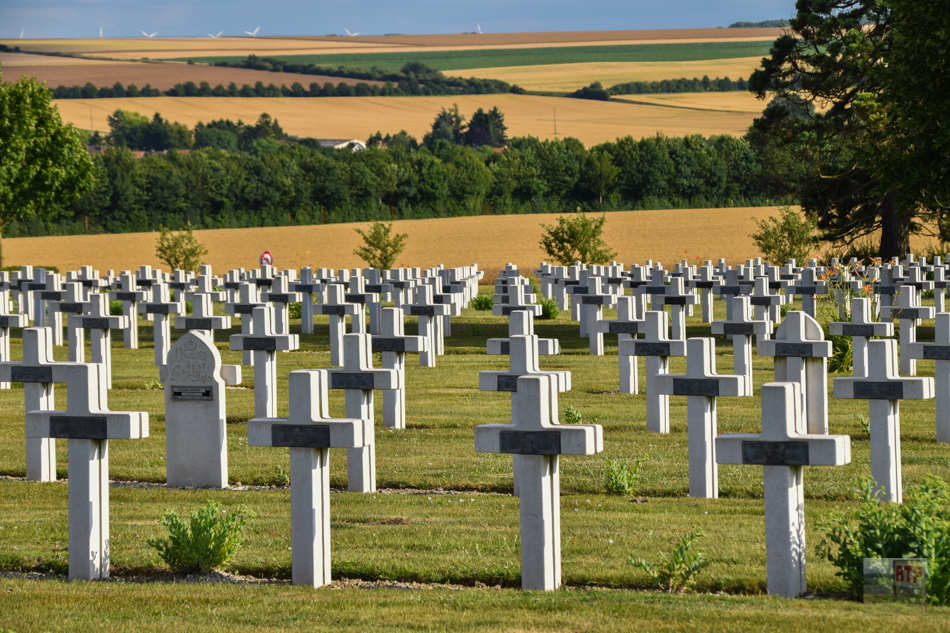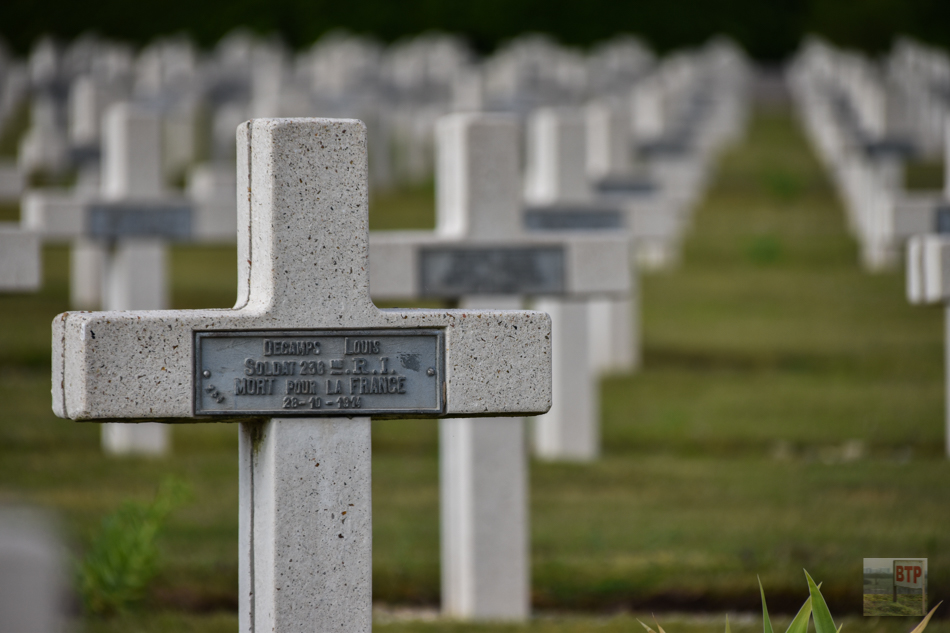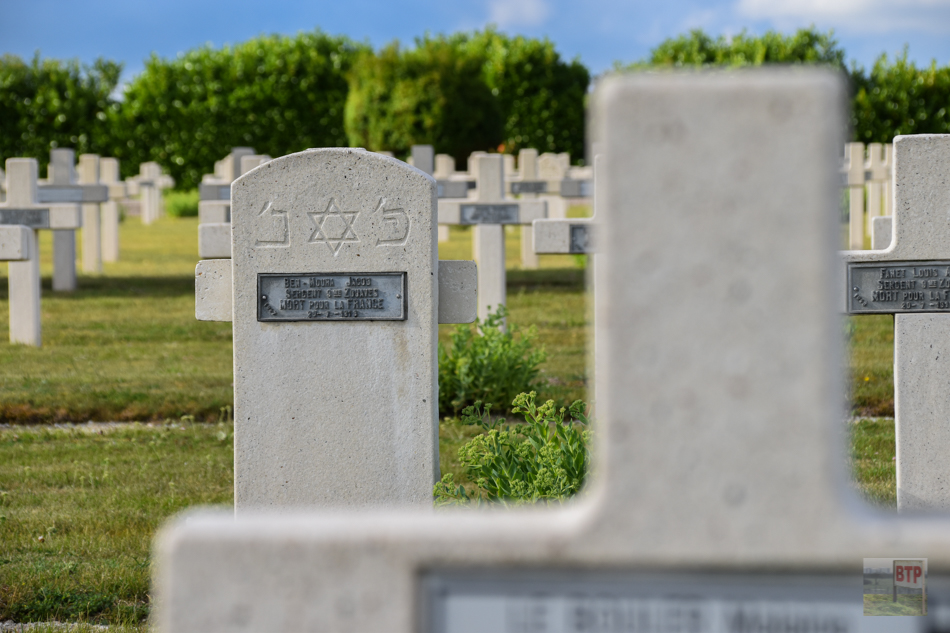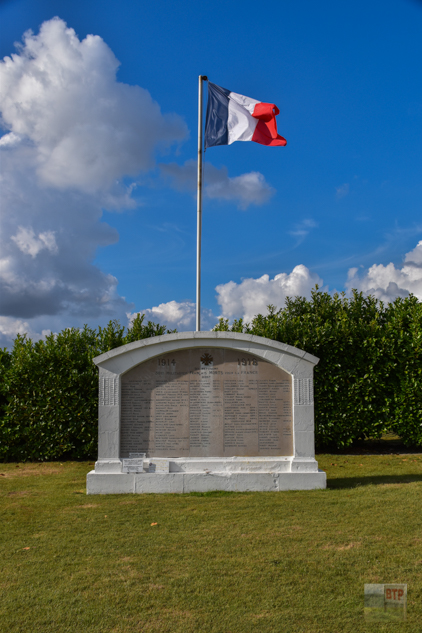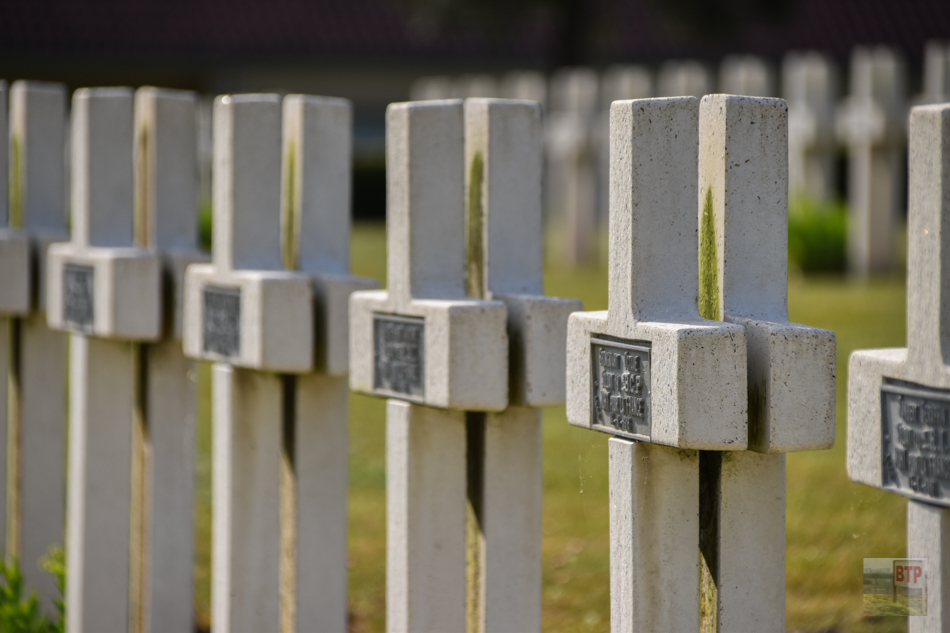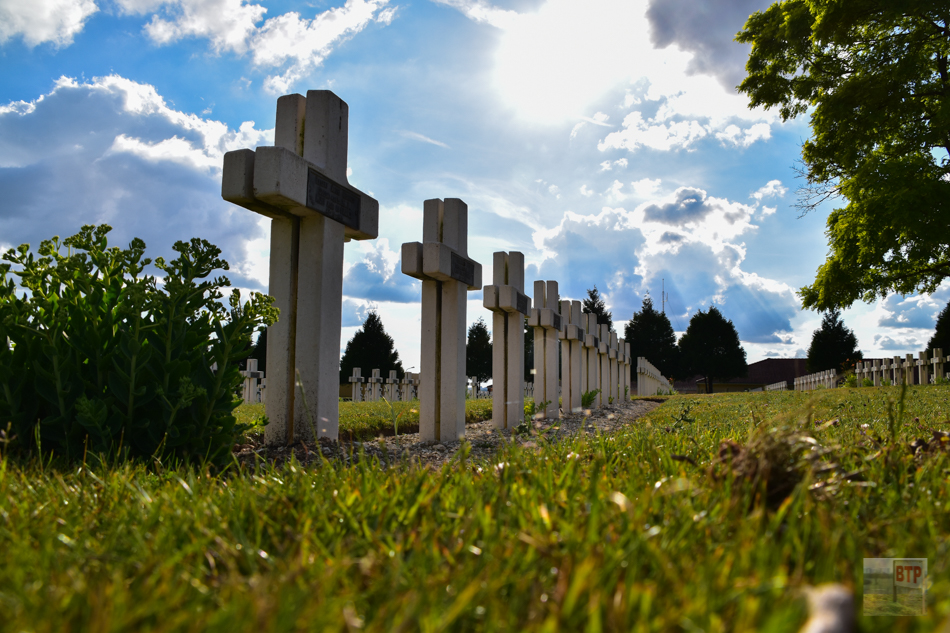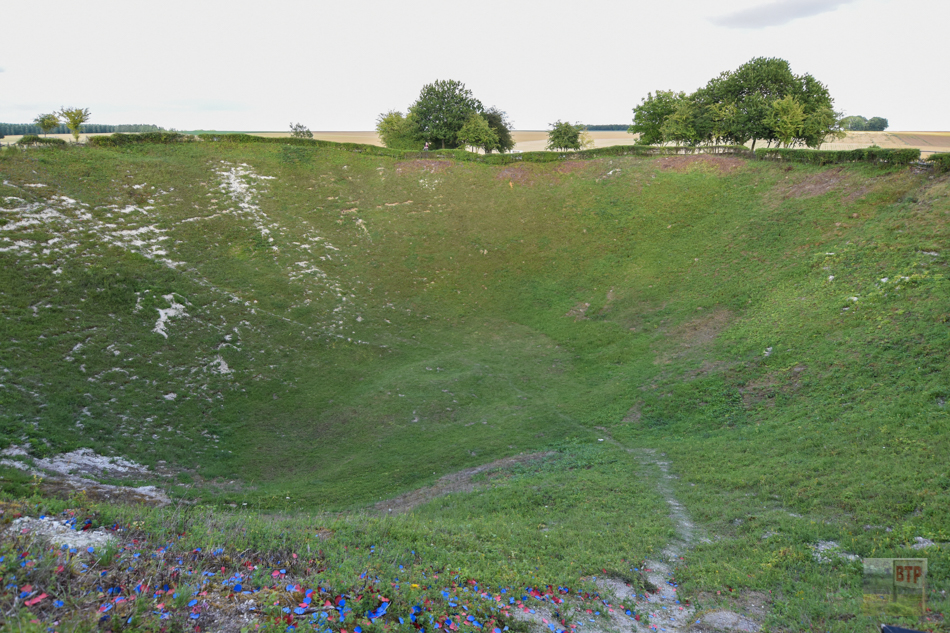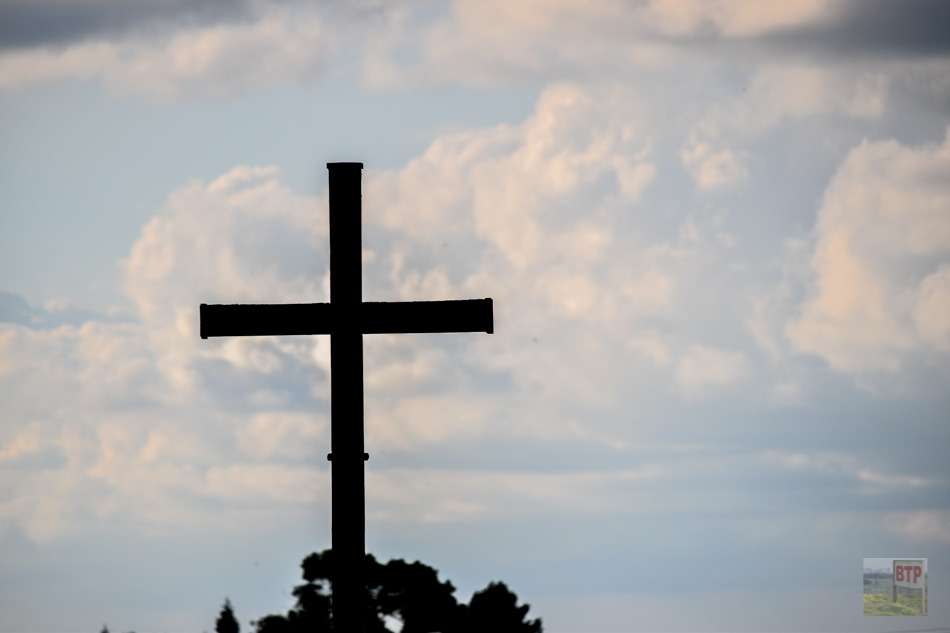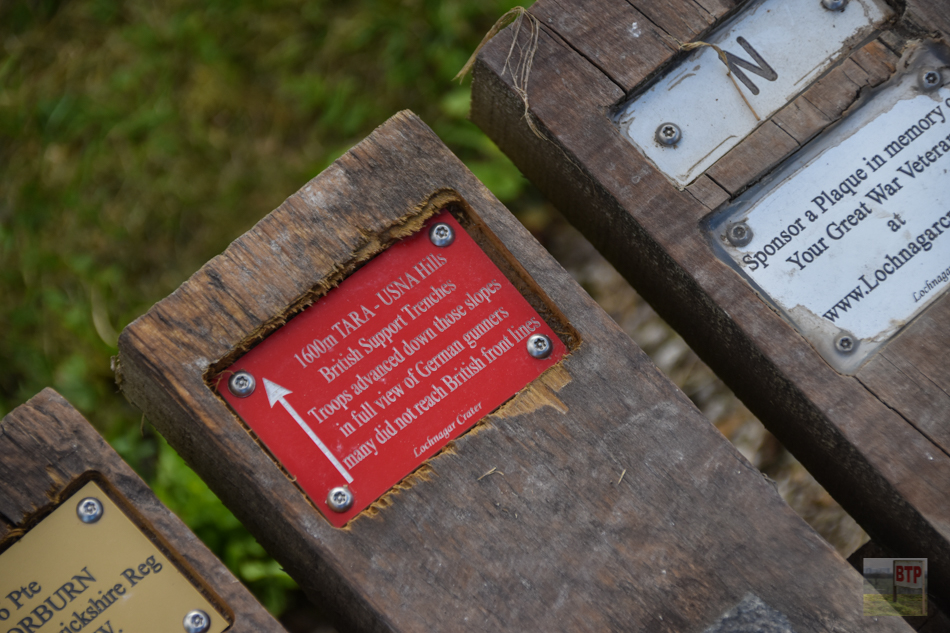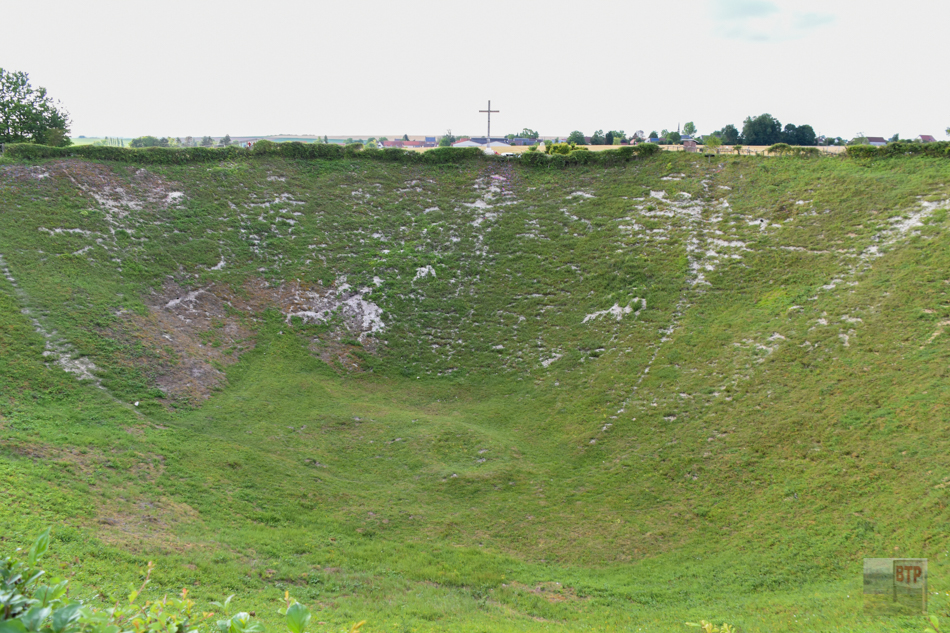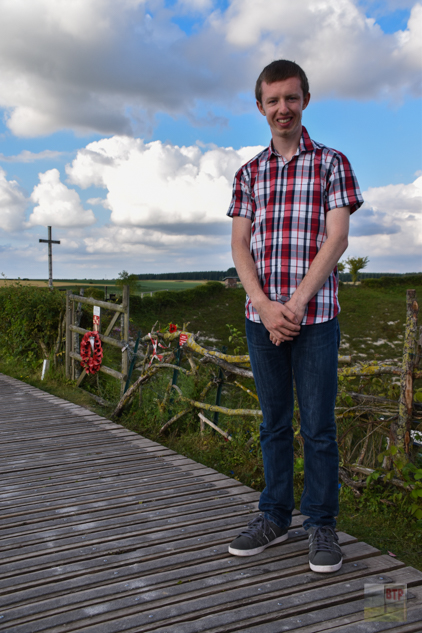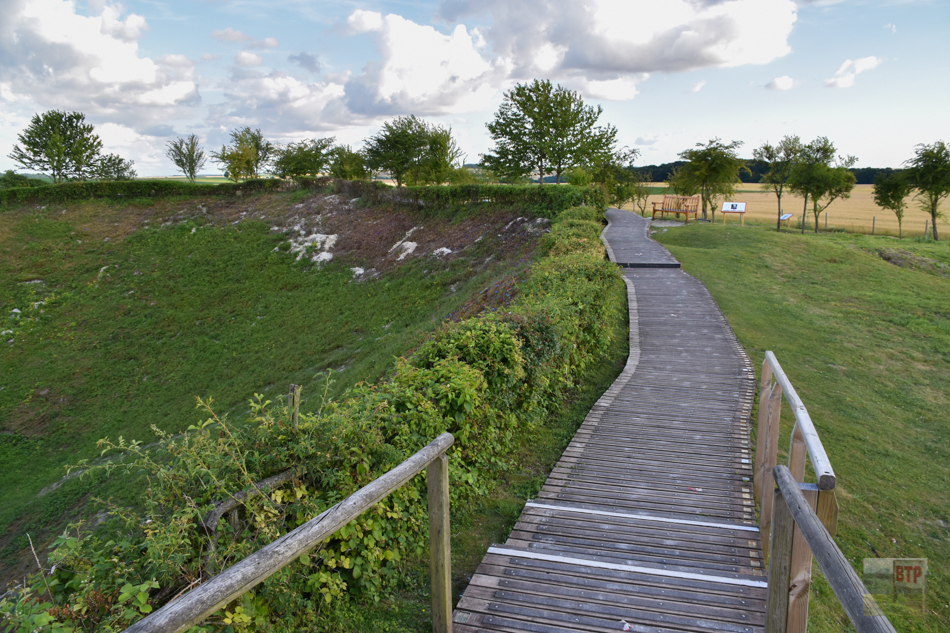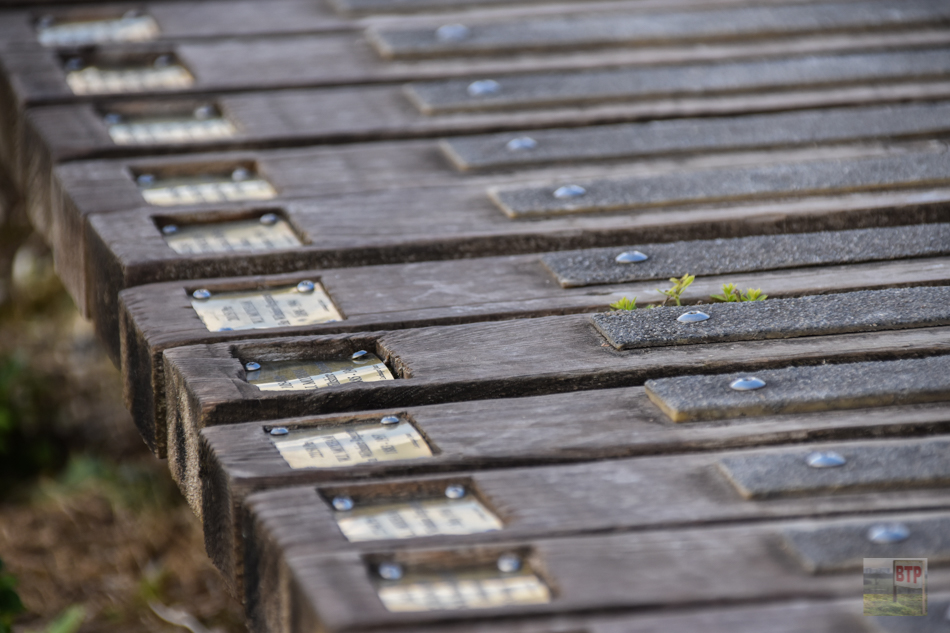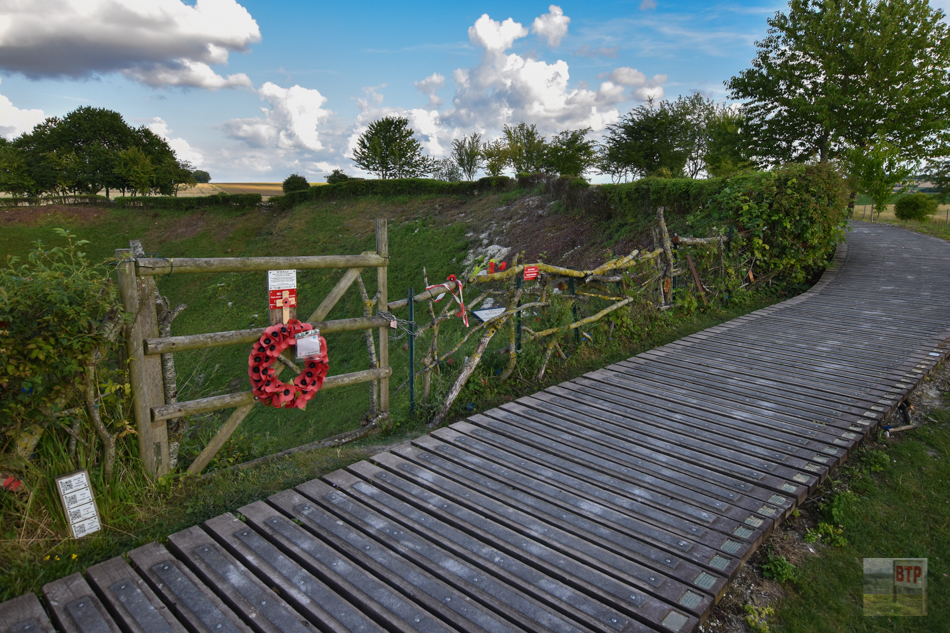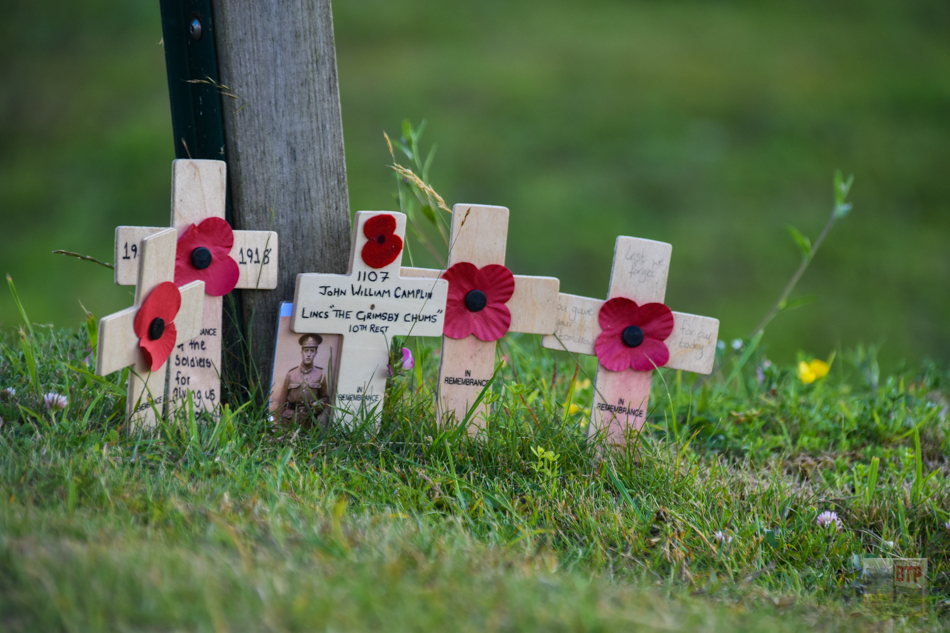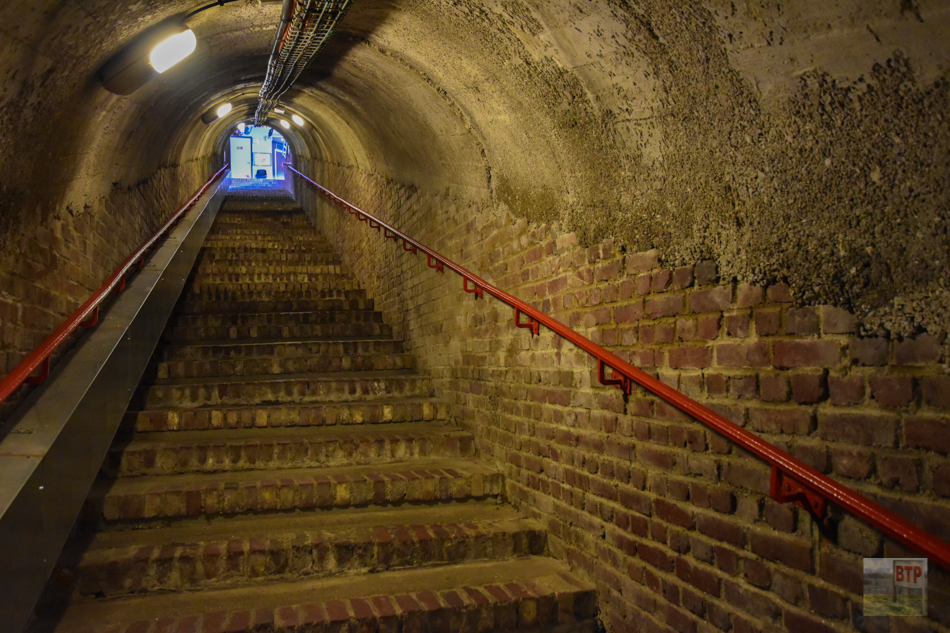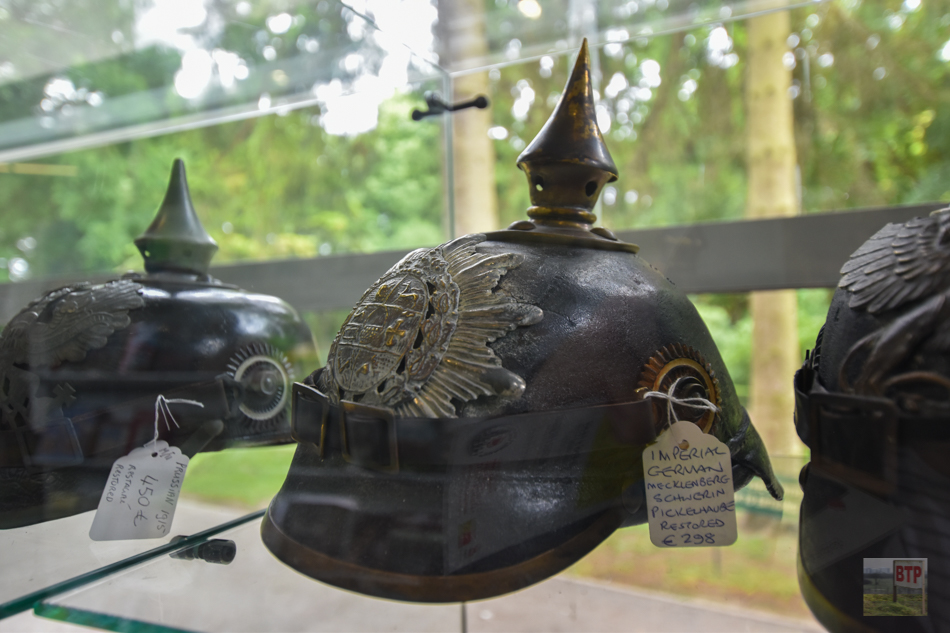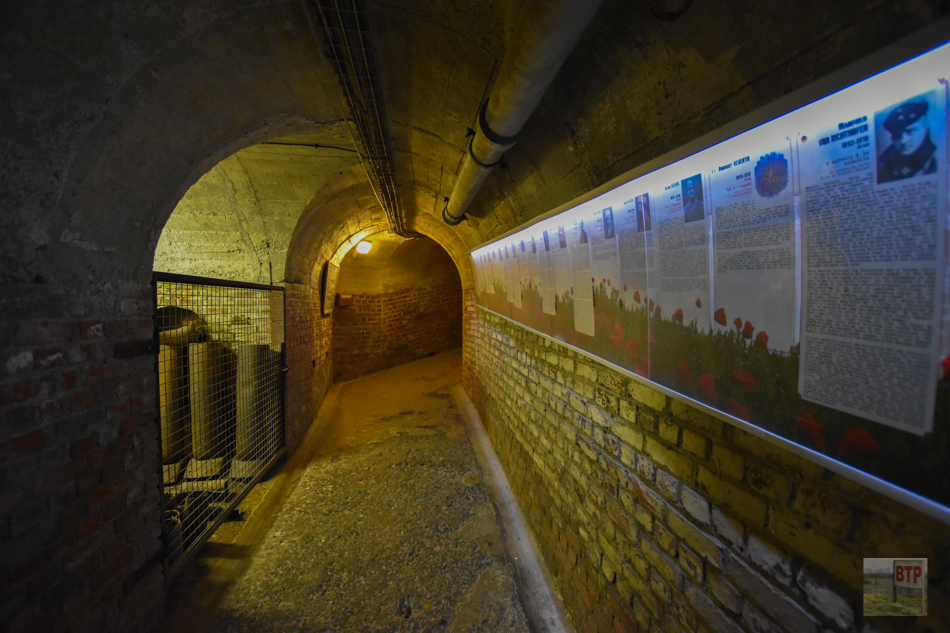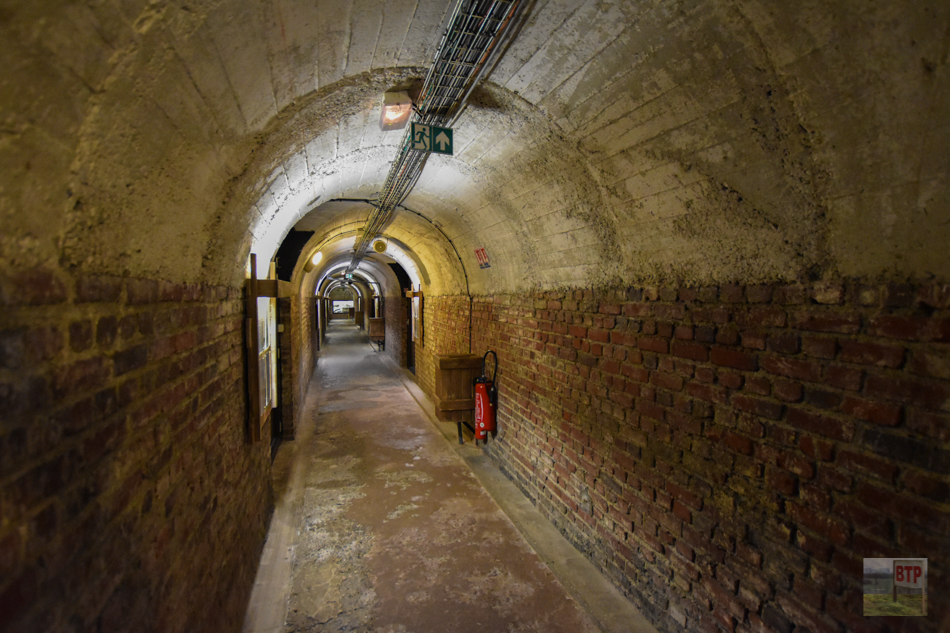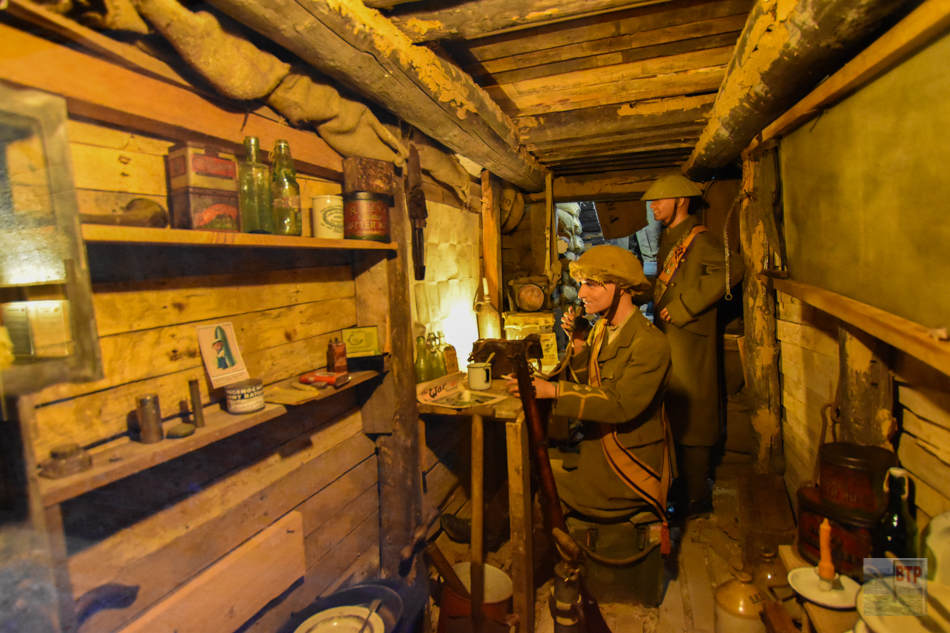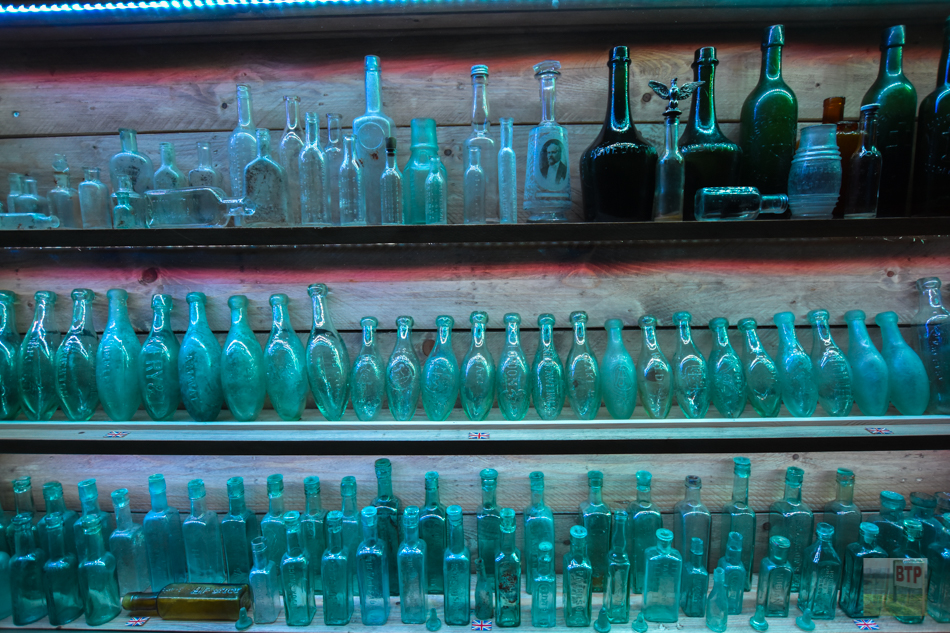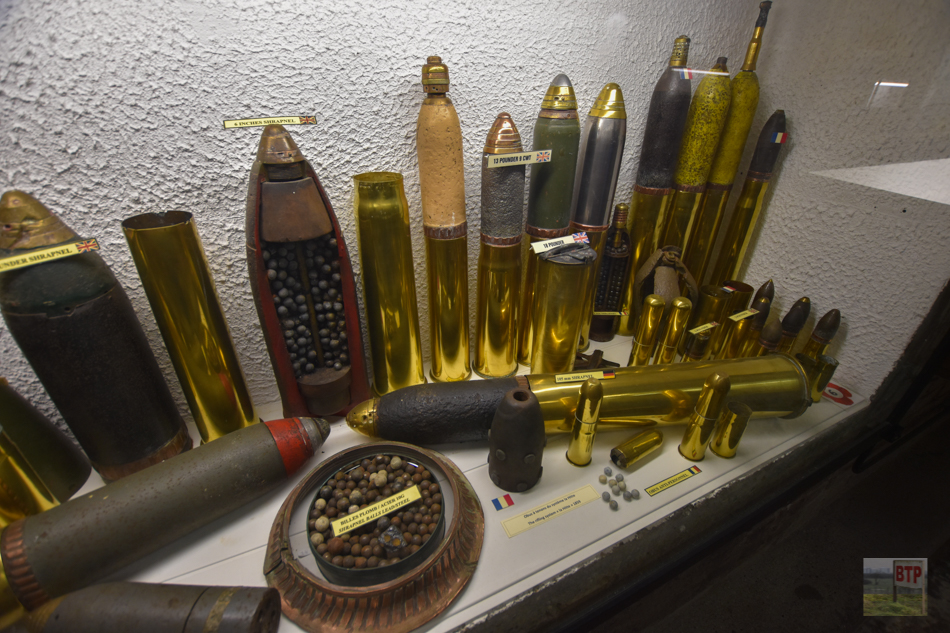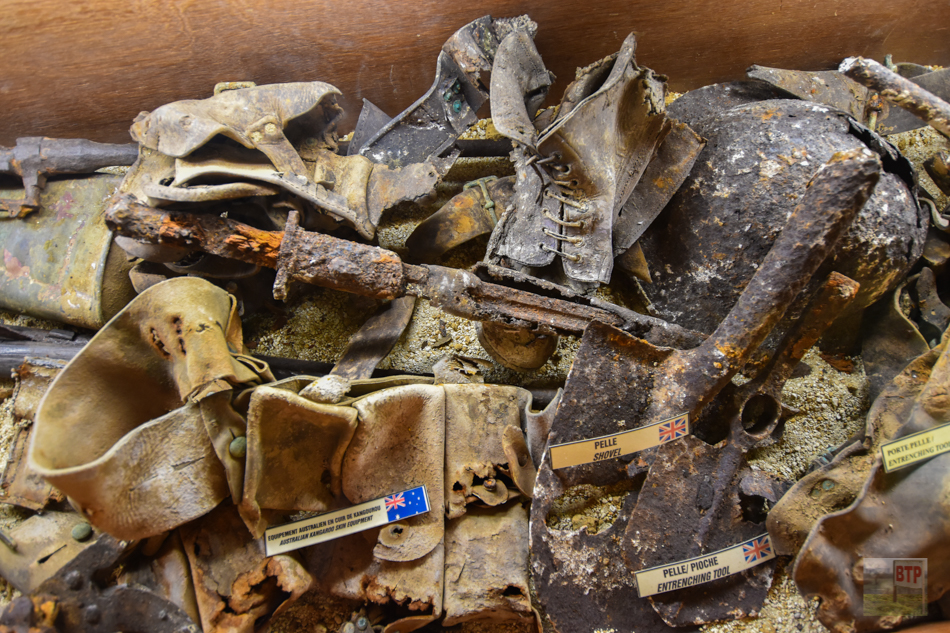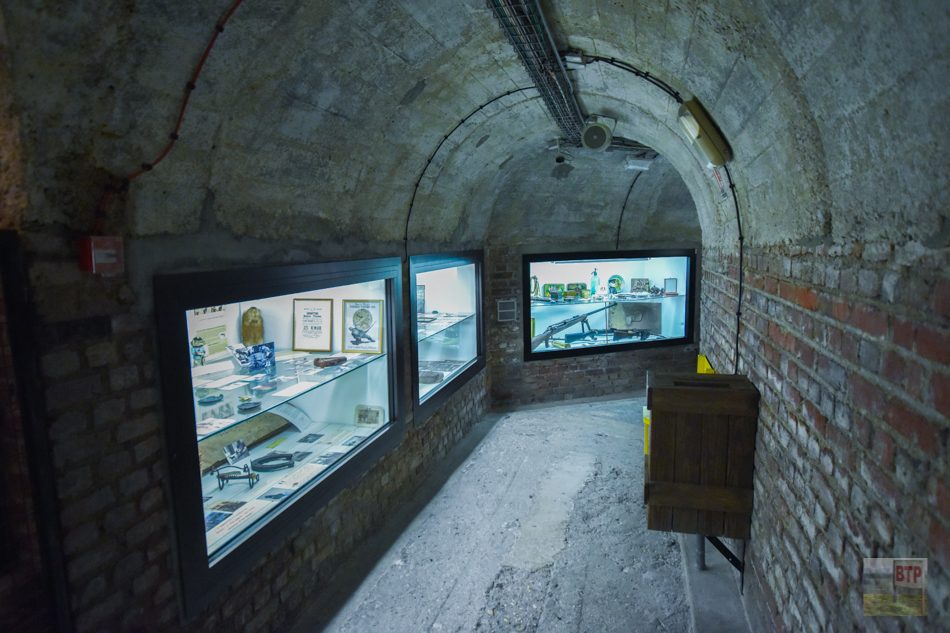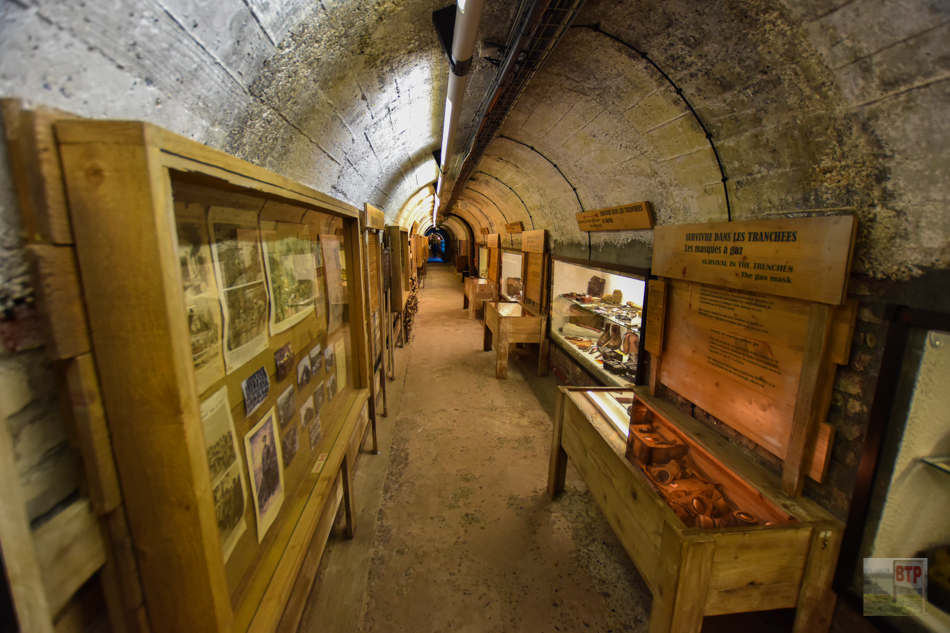Whilst on a road-trip through France, I passed through the town of Albert, an old town two hours north of Paris. Albert was founded as a Roman outpost, in 54BC although the town is best known for it’s military past as it was a key location in the Battle of the Somme and many veterans and tourists visit the place today to take a look at the history. When I was there, I visited the Lochnagar Crater, air raid tunnels beneath a church and a military cemetery. In this article, we give you an overview of the places.
Nécropole Nationale
France is home to over 260 national cemeteries, where over 740,000 soldiers rest. The national necropoles were created under law in 1915 to regroup the bodies of the combatants who “died for France”. The cemetery at Albert has over 6,000 bodies with mass graves at the back resting around 3,000 men. Men of various faiths and backgrounds are buried there, including three British soldiers.
Lochnagar Crater
It’s hard to properly tell from our photos but the giant crater is 100 meters wide and 30 meters deep making it the largest man-made crater made in the First World War.
After building a tunnel 314 meters long, the mine was laid by British soldiers beneath a German strong-point. Creating the largest man-made sound in history, the mine exploded at the launch of the British offensive against the Germans on the morning of 1st July 1916. It was the largest of 17 mines that exploded on that day, with debris flying up to 4,000ft into the air. Despite the successful blowing of the mine and having 700 men, the damage wasn’t enough and the Germans had shot hundreds of soldiers within the first half an hour – the majority dead, if not severely injured.
On the same day in 1978, the land was bought by Richard Dunning and the future of the site was set to be an open museum for the public. The aim is to preserve the site and to make it a Garden of Remembrance for the 200,000 people who visit it for free every year.
The wooden cross was placed at the crater in 1986. The wooden beams it was made from were beams removed from the roof of a former church near Durham although soon after the cross was placed at the site, it was struck by lightning. The church near Durham was chosen specifically as many of the British soldiers who were killed were miners from Tyneside.
Somme 1916 Museum
From as early as the 9th century, residents of Albert had made the most of the chalky soil by building tunnels and hideouts because of the threat of invasion from the Normans or Spanish. When the offensive started on July 1st 1916, the town of Albert became a British garrison town. The only way for Germans to take over the town was to destroy it completely and only the post office survived. Following this, the town was reconstructed with new homes and industrial buildings.
As the Second World War approached, the Town Hall decided to fortify the tunnels beneath it. 10 meters underground lies the long corridor with alcoves off of it. It was converted into a museum in 1992.

